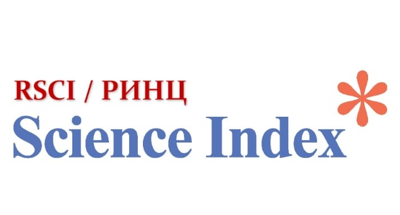Application of track detectors to measure radon and thoron activity in the environment: a review of methods and results
Views: 250 / PDF downloads: 179
DOI:
https://doi.org/10.32523/2616-6836-2025-150-1-186-203Keywords:
RadonAbstract
This paper presents an overview of the application of track detectors for measuring radon
and thoron activity in various environments. The study covers the key aspects of the method: operating
principles, detector types (CR-39, LR-115, Radon Eye Plus2, SSNTD), exposure conditions and analysis
methods. Modern studies, including measurements of radon activity in residential premises, mines,
caves, water and soil, as well as the influence of various geological and climatic factors on measurements
are considered. It is shown that CR-39 has high sensitivity to low radon concentrations, which makes
it preferable for detailed studies of low pollution levels, while LR-115 is more effective for long-term
monitoring due to its resistance to external influences. Particular attention is paid to the influence of
environmental parameters (temperature, humidity, pressure) and calibration methods on the accuracy of the results. Current problems associated with data interpretation , including errors due to track etching
methods and visualization of results are considered. The need for standardization of measurement
methods and prospects for automation of analysis processes using digital technologies are emphasized.
The results of the work can be used in developing radiation safety strategies, monitoring radon levels in
residential and industrial areas, and in environmental monitoring. Recommendations are proposed for
the optimal use of track detectors for assessing radiation risks and developing more effective methods
for detecting radon in various environments.









